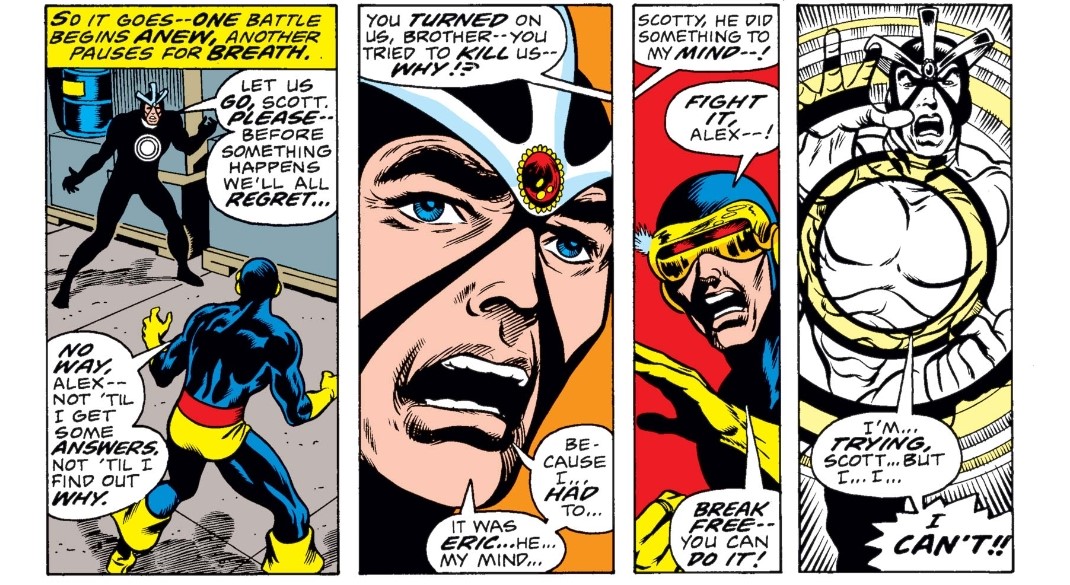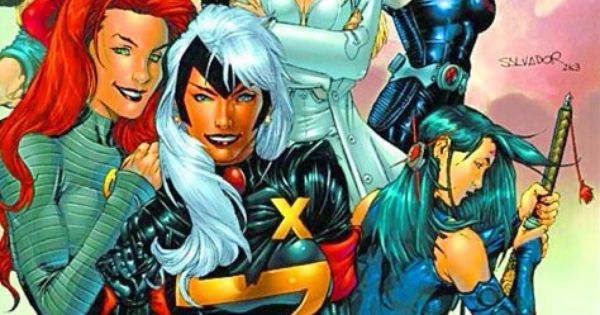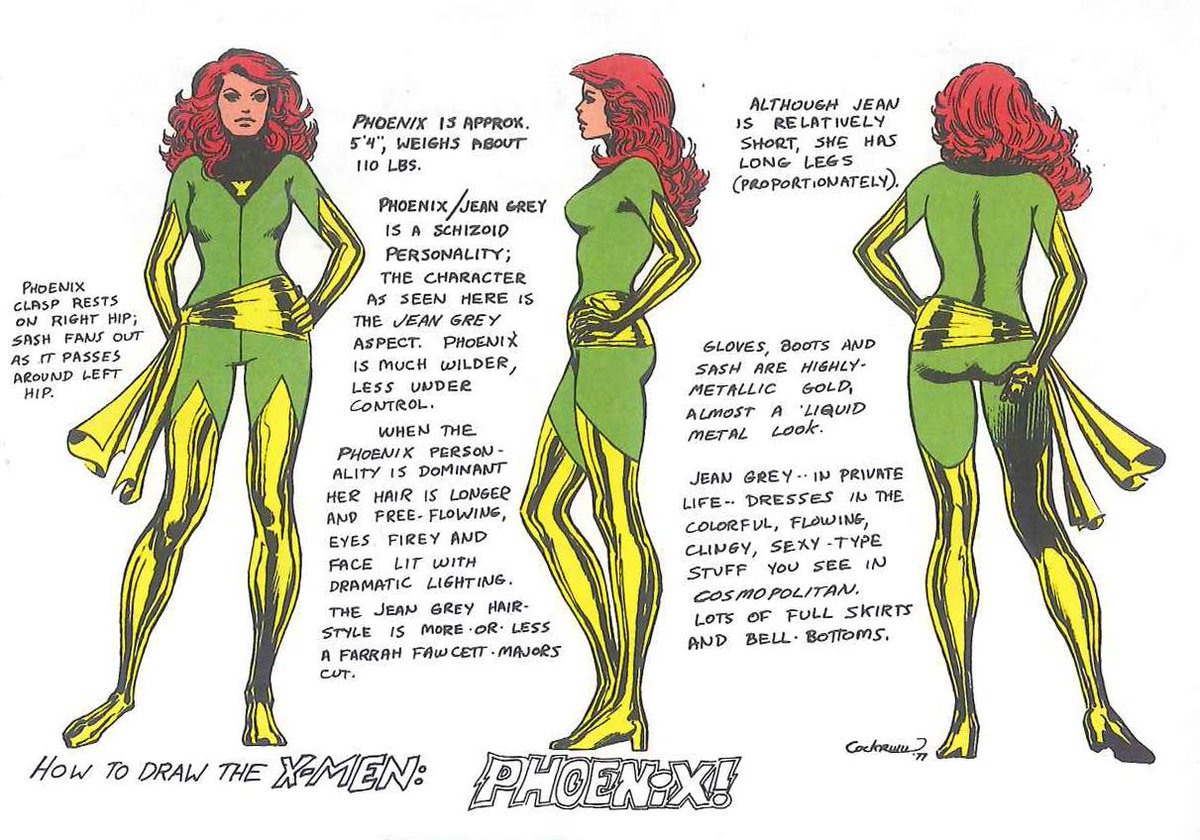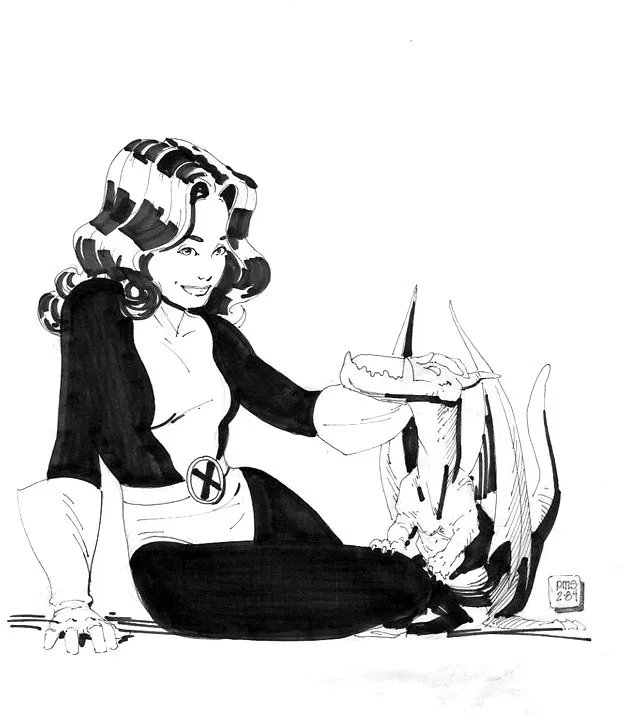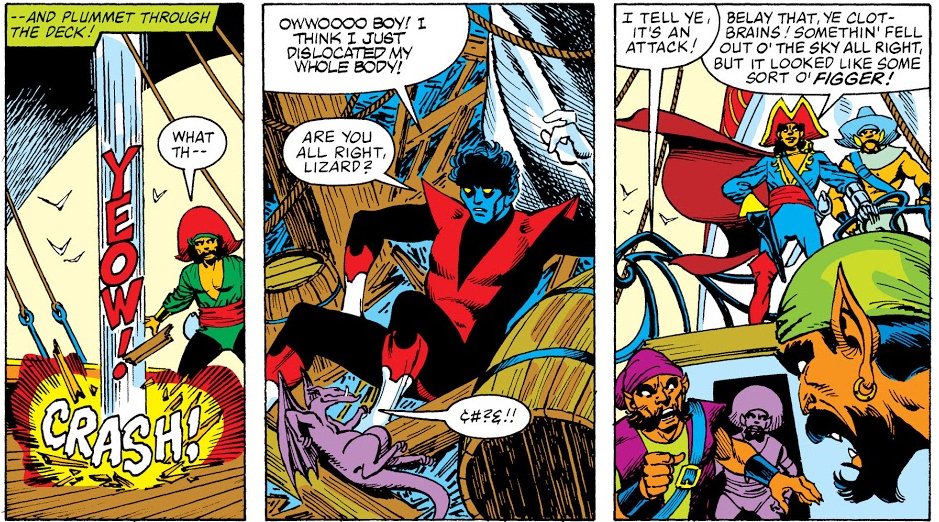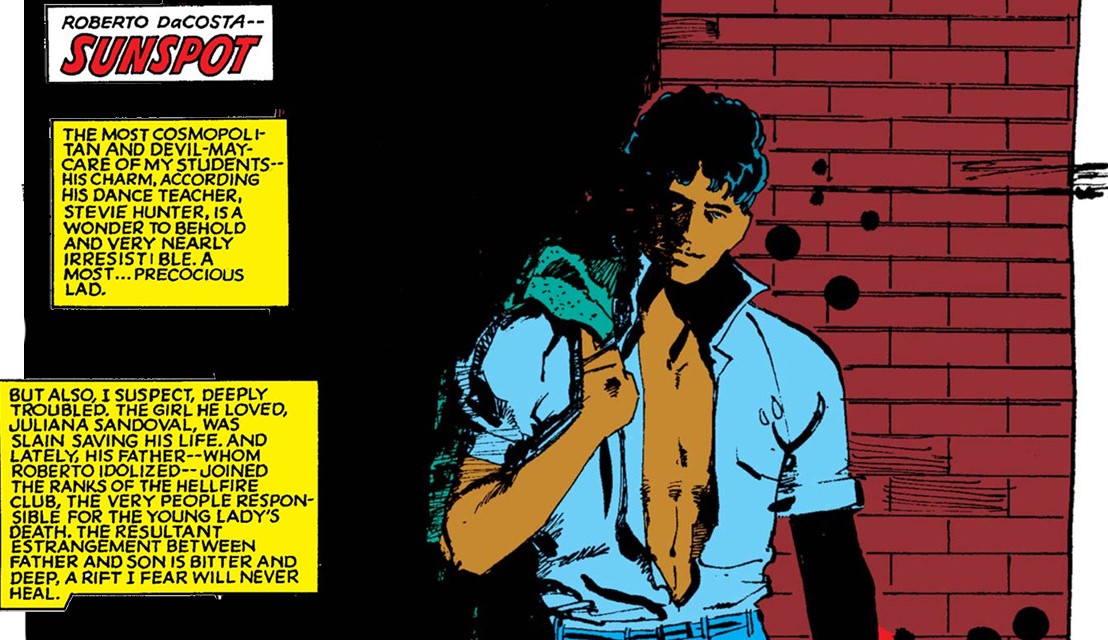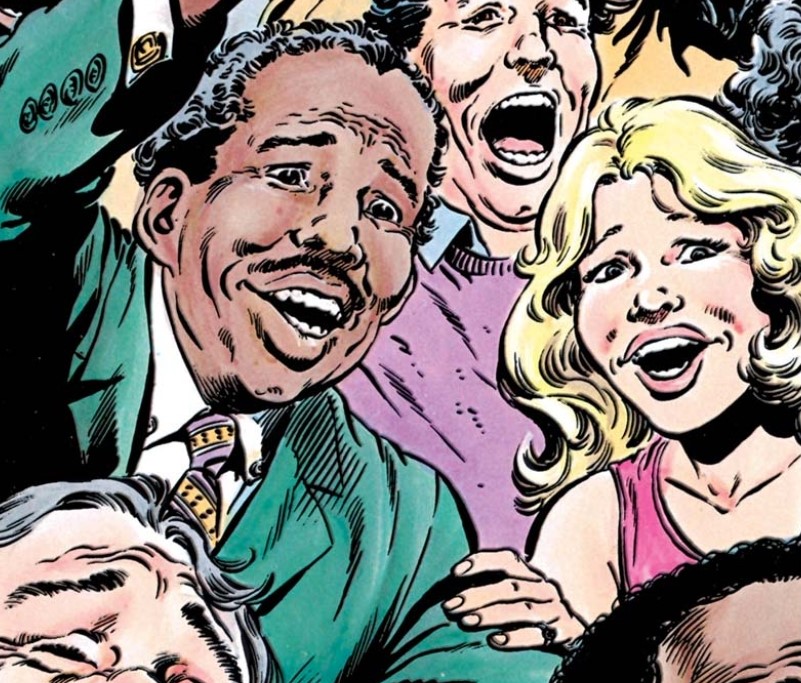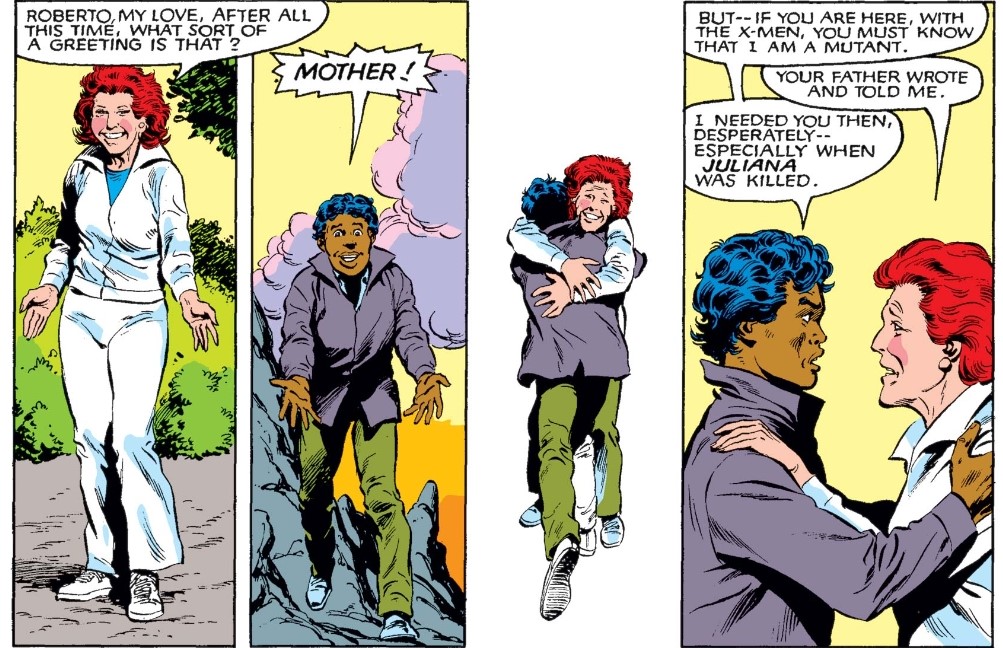
In 2000, former Marvel EIC, Jim Shooter sat down with CBR to discuss his legacy in comics, including his enduring perspective on his infamously contentious yet mutually beneficial relationship with Claremont on UXM. He tends to ramble a bit, but here’s some highlights: #xmen 1/11 

“I inherited a company that was going out of business and losing money. I turned it around. In order to turn it around, I had to do things like tighten the ship. Creative people who have lived in anarchy do not like to be suddenly told no.” 2/11 

“It's funny now, talk to people like Claremont. When I first sat down and talked to people like Claremont, and I'm saying story structure, identify your characters. Introduce your characters and concepts. Stuff he knew.” 3/11 

“Thing is, it's so easy when you're a creative person, and the check will keep coming, to just jerk off and do a sloppy job.” *As an aside, we should note that this characterization of C completely contradicts Shooter’s later assessment of the writer’s passion, below* 4/11 

“Or like Chris, he'll have Storm walk out, one guy calls her Windrider, the next person calls her Ororo, you know what I mean. If you're a new reader, who the hell is this broad?” 5/11 

“Well, guess what? The books started to sell, I got these incentive plans in there, people started to make big money, Claremont makes big royalties, buys his mother an airplane and so they were happier with me. They started to realize the value.” 6/11 

“Chris was great. We fought like cats and dogs, and I'm sure he hated me. But I do give him credit. He's the one who built the X-Men franchise.” 7/11 
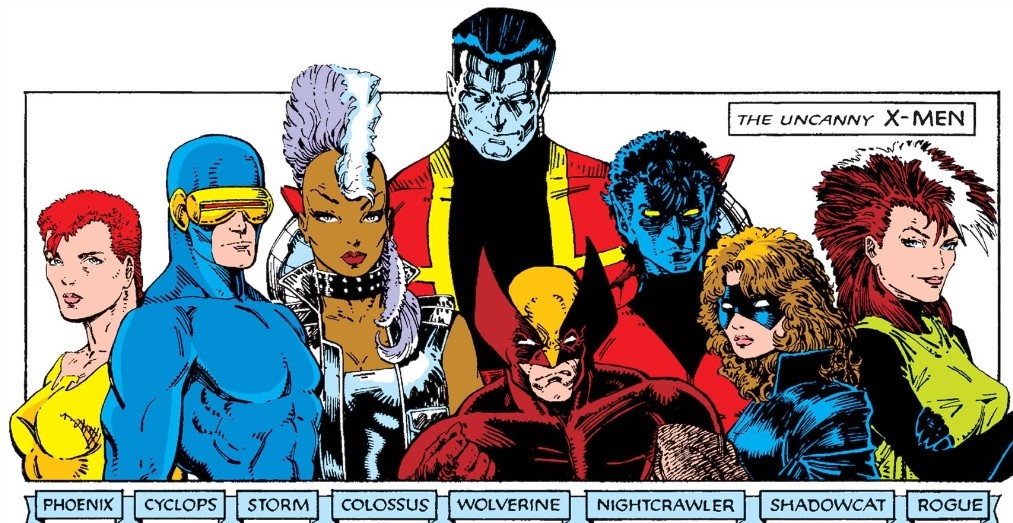
“He recruited artists when they needed artists. In order to keep the best colorists and letterers, he paid people out of his own pocket to Glynis Oliver and Tom Orzechowski. He really poured his heart into that.” 8/11 
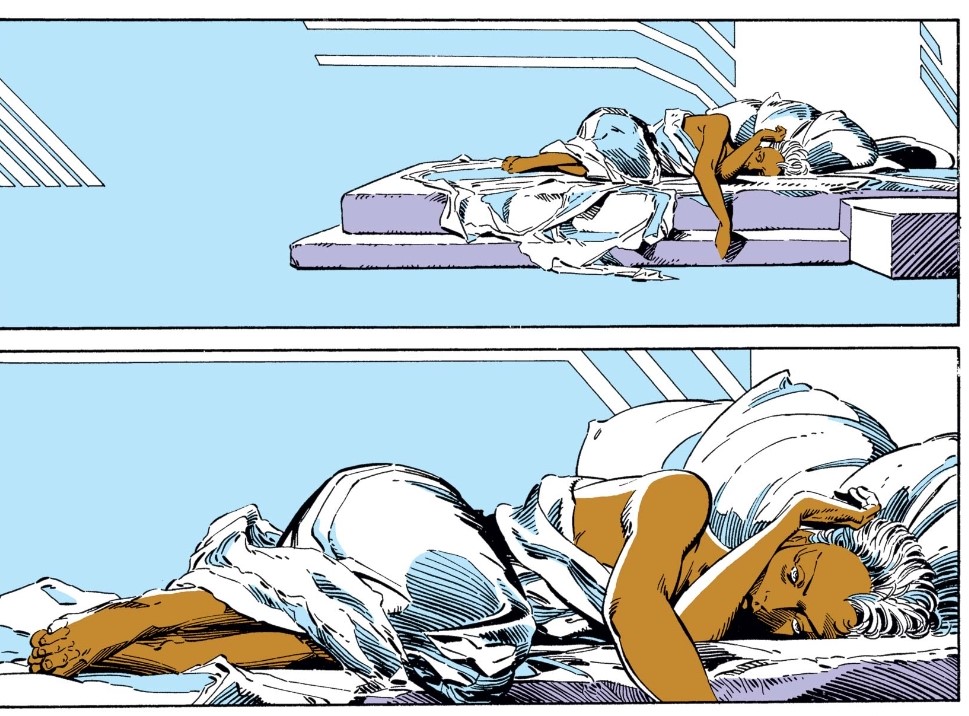
“If you edited something, don't touch his copy. Make a note in the margin, he'll fix the problem in his own words. He didn't want your words, he wanted his words. And I respected that. But I didn't have a problem telling him what I thought was wrong.” 9/11 

“And he had good editors, Ann Nocenti and Louise Simonson. They beat him up pretty regularly…And I think the female point of view was partly why the X-Men was so successful.” 10/11 

You can read the full interview at cbr.com/jim-shooter-in… 11/11
• • •
Missing some Tweet in this thread? You can try to
force a refresh


